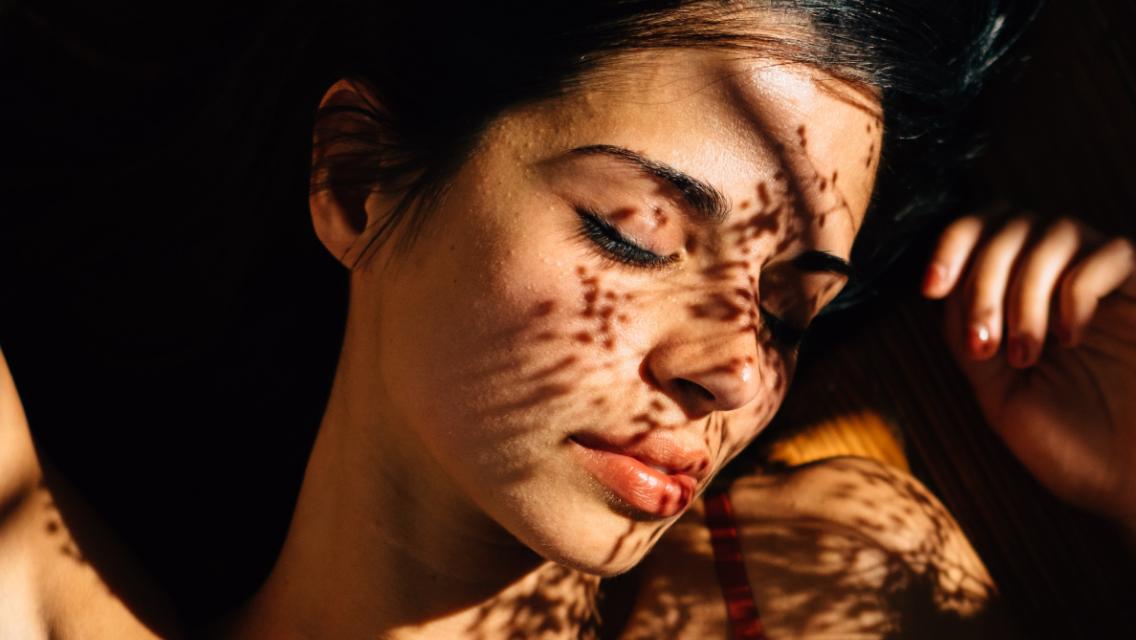It’s December and the days are short, leaving us to bask in the harsh lights of our homes and offices. While it’s well known that natural light is preferable to artificial for a variety of reasons (vitamin-D production, prevention of seasonal affective disorder), new research published in the Journal of Environmental Management shows that nighttime exposure to certain types of artificial light has an even darker side than previously understood. In particular, it suppresses the body’s ability to make melatonin, the hormone that helps regulate sleep and is celebrated for its antioxidant, mood-enhancing and cancer-fighting properties.
The main culprit is artificial light that contains the highest percentage of blue light in its full-spectrum mix. One of the top offenders in this category is the light-emitting diode (LED) bulb, which suppresses melatonin at rates five times greater than bulbs that give off warmer “orange-yellow” light, like incandescents.
LEDs have grown increasingly popular as an environmentally friendly alternative to fluorescent or incandescent bulbs. They contain no mercury, last more than 50,000 hours and use up to 80 percent less energy than traditional incandescent bulbs.
Despite these benefits, scientists encourage consumers to choose bulbs situationally, avoiding LEDs at night. Melatonin-suppressing light is “dangerous only if we expose ourselves to it during the hours when we should be in the dark, and if the exposure is sufficiently intense or long,” says physicist Fabio Falchi, of the Light Pollution Science and Technology Institute in Italy. He advises people to rely more on incandescent light after dark, especially in the bedroom.




This Post Has 0 Comments